Product development in Kenya
In Kisumu, the Akado farmers group has developed five different products using milled cricket flour. There is a close collaboration between Mixa and the Akado farmer group. The Akado farmers rear the crickets, which are dried and processed into flour by Mixa and eventually given back to Akado farmers who use the milled cricket flour…
Read More
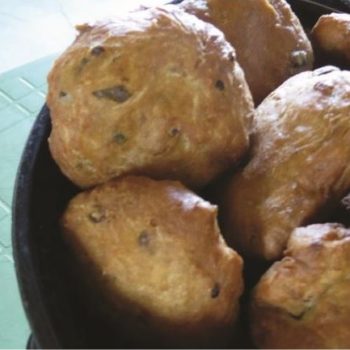
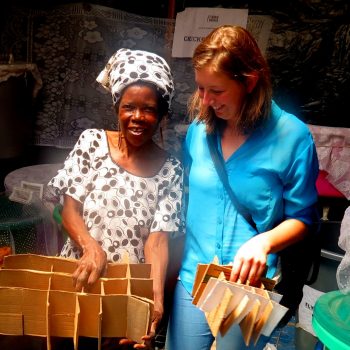
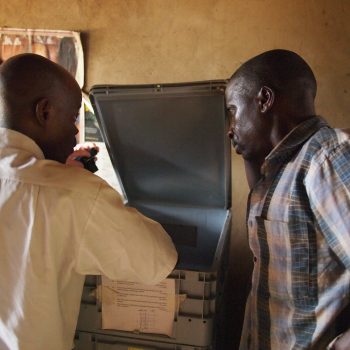
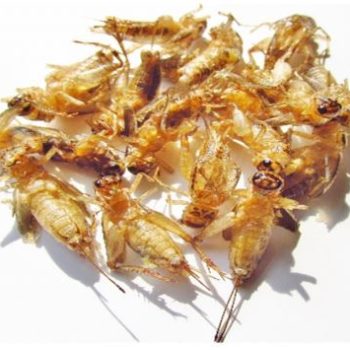
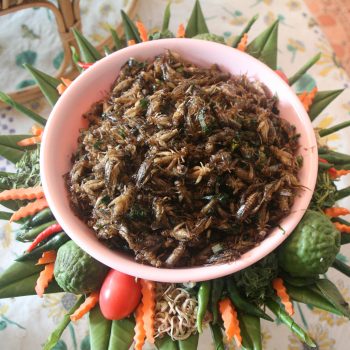

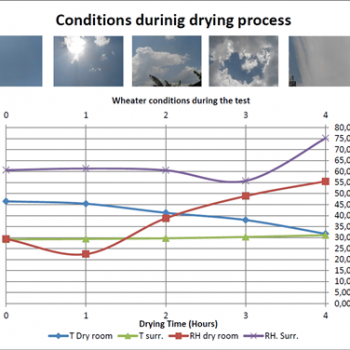
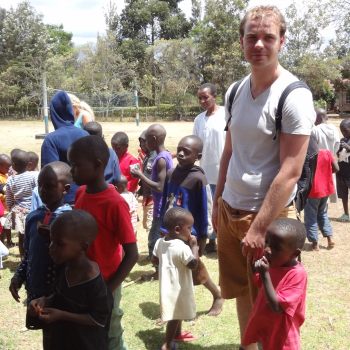
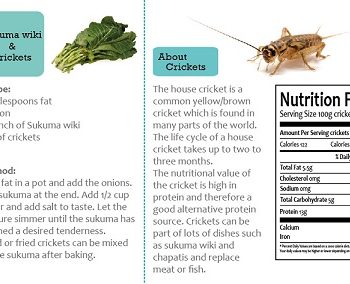
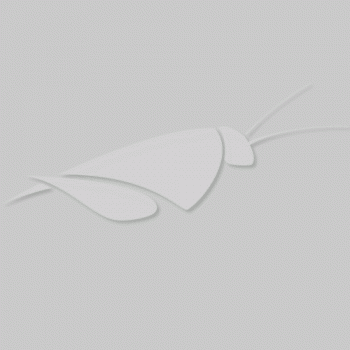
Recent Comments